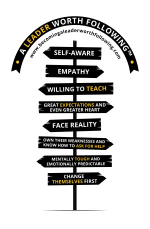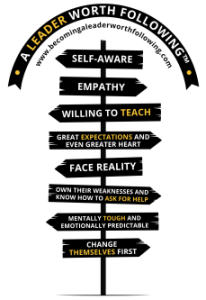When Leadership Gets Tested: Why Self-Awareness Is a Leader’s Greatest Tool
Leadership is rarely a straight path. Whether stepping into a new role, taking charge of a different team, or navigating sudden changes in your organization, your leadership approach will inevitably be tested. These moments often bring friction, uncertainty, and resistance, not because people don’t want to follow, but because your leadership style may feel unfamiliar.
The Turning Point in Leadership Growth
One of the most defining moments in my own leadership journey came before and after completing the Ken Blanchard Executive MBA program. That program was a wake-up call: it taught me that true leadership begins with self-awareness.
It’s easy for leaders to ask, “What’s wrong with everybody else?” when faced with pushback. But the harder and more transformative question is: “What do I need to change about myself?”
This shift in mindset completely reframed how I approached leadership challenges. I realized that the only thing I truly had control over was myself, my reactions, my communication, and the “wake” I left behind in every interaction.
The Leadership Wake
In my book, I call this idea the “leadership wake.” Just like a boat creates ripples in the water, every leader leaves a trail behind them. Sometimes that wake is motivating, inspiring, and energizing. Other times, it creates confusion, frustration, or resistance.
As leaders, we need to constantly ask:
- How is my leadership style impacting others?
- Am I creating clarity or chaos?
- Am I aware of the unintended ripple effects of my actions?
When friction arises, it isn’t always about the team; it’s often about us. Recognizing that and taking responsibility for our leadership wake is what separates good leaders from great ones.
Navigating Leadership Tests with Self-Awareness
Here are a few lessons I’ve learned when leadership is tested:
- Start with yourself. If things feel off, resist the urge to blame your team first. Reflect on how your leadership style might be contributing to the problem.
- Adapt with intention. A rigid leadership style can alienate people. Flexibility, empathy, and communication go a long way.
- Prioritize responsibility. Leaders set the tone. Owning your impact creates trust and credibility.
- Embrace continuous growth. Self-awareness isn’t a one-time lesson; it’s an ongoing practice.
Final Thoughts
Leadership challenges aren’t signs of failure; they’re opportunities to grow. The next time you feel resistance or friction, pause before pointing outward. Look inward.
Because at the end of the day, the only person you can change is yourself, and that change can transform everything around you.



